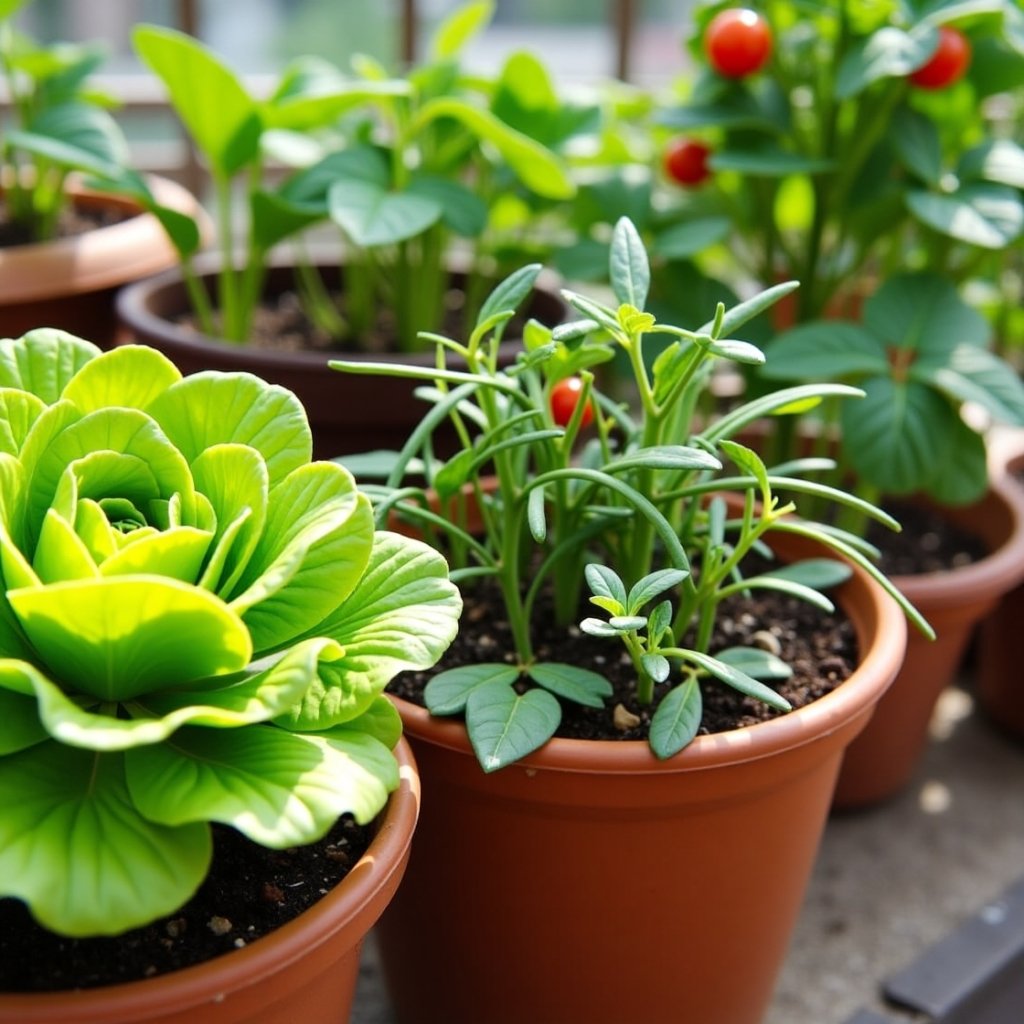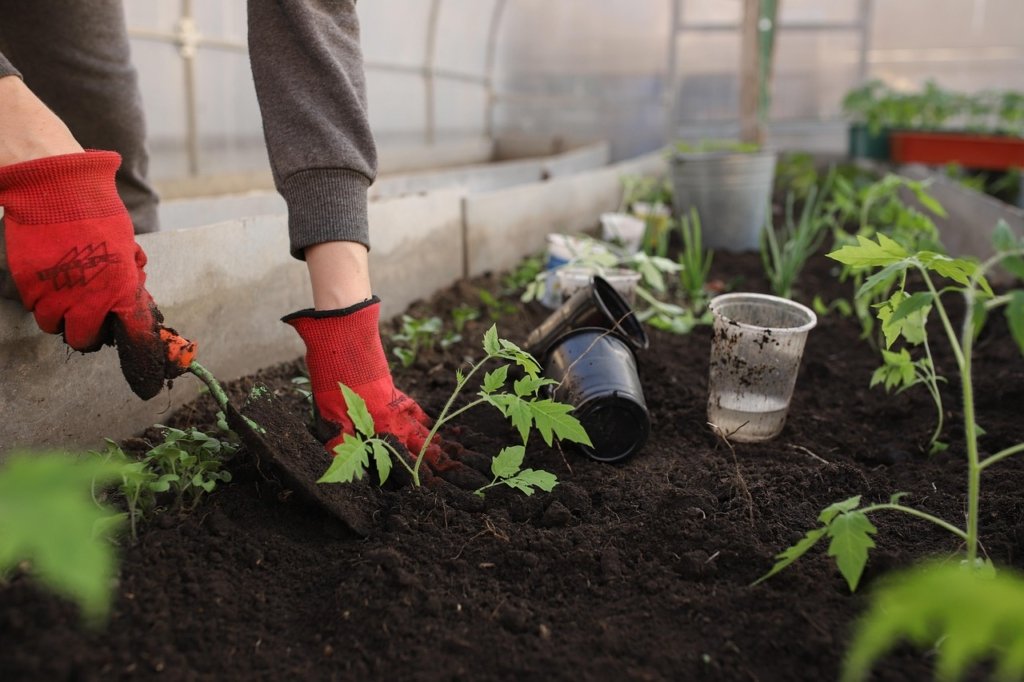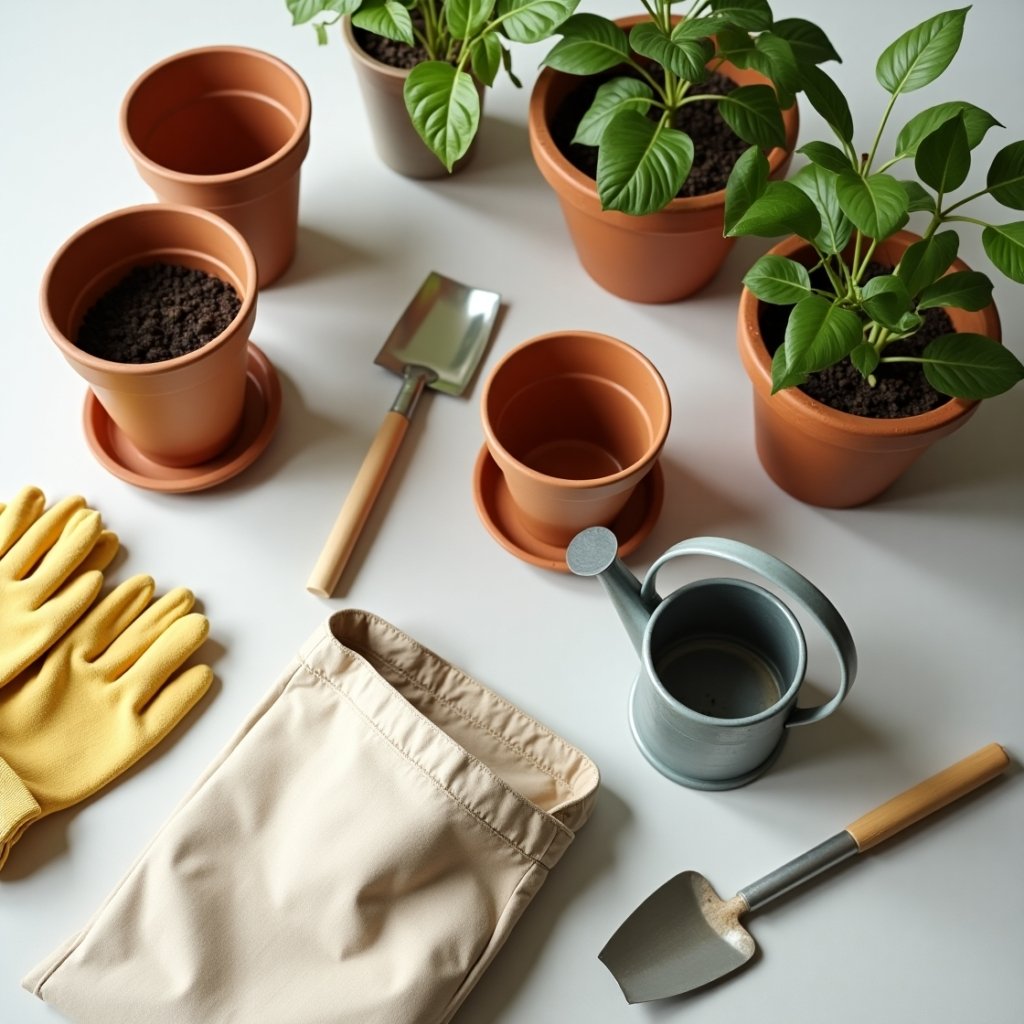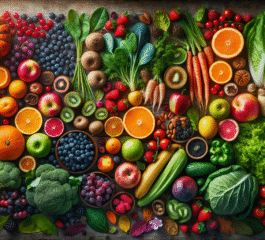Pots/Containers:
- Material: Clay, plastic, fabric grow bags, or even repurposed items like old buckets (with drainage holes!).
- Size: This is crucial. Larger pots (at least 8-10 inches deep for most vegetables) retain moisture better and give roots room to grow. A 5-gallon bucket is a great size for many plants like tomatoes or peppers.
- Drainage: Absolutely essential! Ensure every pot has drainage holes at the bottom to prevent waterlogging, which can kill roots.
Potting Mix (Soil):
- Do NOT use garden soil! It’s too dense, can compact, and may contain pests or diseases.
- Use high-quality potting mix designed for containers. It’s lighter, provides better drainage, and has nutrients your plants need. Look for bags labeled “potting mix” or “container mix” at your local garden center.
Sunlight:
- Most vegetables need at least 6-8 hours of direct sunlight per day. Observe your chosen spot (balcony, patio, windowsill) to ensure it gets enough sun. This is the single most important factor for success.
Water Source:
- Easy access to water (a hose, a watering can) is key. Container plants dry out faster than in-ground plants and will need frequent watering, especially in warm weather.
Seeds or Seedlings:
- Seeds: More economical, wider variety, but take longer to grow. Look for reputable brands of vegetable seeds.
- Seedlings (young plants): Quicker start, higher success rate for beginners, but more expensive.
Basic Tools:
- Small trowel (pá de mão)
- Hand pruners (tesoura de poda pequena)
- Watering can or gentle hose nozzle
- Gardening gloves (opcional, mas recomendado para proteger as mãos)
🌱Easy Vegetables to Grow in Pots (Perfect for Beginners!)

To ensure a successful start, choose plants that thrive in containers and are relatively easy to care for. Here are 3 fantastic options:
1. Lettuce & Leafy Greens
- Why they’re great: Grow quickly, don’t need deep roots, can be harvested multiple times (cut outer leaves and let the center grow), and tolerate some shade.
- What you’ll need: Shallow, wide pots (6-8 inches deep, 8+ inches wide), good potting mix, vegetable seeds (loose-leaf varieties work best).
- How to Plant:
- Fill your pot with potting mix, leaving about an inch from the rim.
- Scatter seeds lightly on top of the soil.
- Cover with a thin layer (about 1/4 inch) of potting mix.
- Water gently.
- Care Tips: Keep soil consistently moist. Harvest outer leaves regularly to encourage new growth. They prefer cooler temperatures, so partial shade in hot climates is good.
2. Bush Beans
- Why they’re great: Bush beans are compact, productive, and don’t require staking (unlike pole beans). They’re a good source of fiber and vitamins.
- What you’ll need: Pots at least 8-10 inches deep and wide, good potting mix, bush bean vegetable seeds.
- How to Plant:
- Fill pot with potting mix.
- Plant 3-4 seeds about 1 inch deep in each pot, spacing them evenly.
- Water well.
- Care Tips: Keep soil consistently moist, especially when flowering and forming pods. Harvest pods when they are young and tender (before the beans inside swell too much) to encourage more production.
3. Cherry Tomatoes (Compact Varieties)
- Why they’re great: Offer a continuous harvest of delicious fruit. Look for varieties labeled “patio,” “dwarf,” or “bush” for best container performance.
- What you’ll need: Large pots (at least 12-15 inches deep and wide, 5-gallon bucket size is ideal), sturdy support (tomato cage or stake), good potting mix, cherry tomato seedling or vegetable seeds.
- How to Plant:
- Fill pot with potting mix.
- If using seeds, plant 2-3 seeds per pot and thin to the strongest seedling once they emerge. If using a seedling, plant it at the same depth as it was in its nursery pot.
- Insert a tomato cage or stake at planting time to avoid disturbing roots later.
- Care Tips: Tomatoes are thirsty! Water deeply and consistently, especially when flowering and fruiting. They need full sun (6-8+ hours). Fertilize lightly once every 2-3 weeks after the first fruits appear, using a balanced liquid fertilizer.
🌱 Maximizing Economy and Minimizing Waste

This is where your vegetables pots truly shine in the “Dicas de Economia na Cozinha” category!
- Harvest Smart: Don’t wait for everything to ripen at once. Harvest leafy greens by picking outer leaves, beans as they mature, and tomatoes as they turn red. This encourages more production and extends your harvest.
- Grow Expensive Items: Focus on growing vegetables that are often pricey at the grocery store, like herbs, gourmet lettuces, bell peppers, or cherry tomatoes.
- Utilize “Scraps”: While not all “cascas e talos” are good for replanting, some can be regrown! For example, you can often regrow green onions from their white bases, or romaine lettuce from its core, by placing them in a shallow dish of water until roots form, then planting. This is a great way to stretch your food budget even further.
- Compost (Optional): If you have space, a small compost bin can turn your kitchen scraps and garden waste into nutrient-rich soil for your pots, reducing your need to buy as much potting mix.
- Homemade Pest Control: Avoid expensive chemical pesticides. Many common pests can be managed with simple solutions like a spray of soapy water, hand-picking, or introducing beneficial insects (like ladybugs).
🌱 Beyond the Harvest: The Well-being Benefits
Don’t underestimate the positive impact of your garden at home on your overall well-being:
- Stress Reduction: The act of nurturing plants can be incredibly calming and meditative.
- Gentle Exercise: Watering, pruning, and harvesting provide light physical activity.
- Sunshine & Vitamin D: Spending time outdoors in your garden exposes you to sunlight, essential for Vitamin D production.
- Sense of Purpose: Watching something grow from seed to harvest provides a deep sense of accomplishment and purpose.
- Connection to Nature: Even in urban settings, a small pot garden can bring nature closer to you.
- Community: Share your bounty or tips with neighbors, fostering social connections.
🌱 Common Questions & Troubleshooting Your Pot Garden
- My plants are wilting! They probably need water. Check the soil daily by sticking your finger an inch or two deep. If it feels dry, water thoroughly until it drains from the bottom.
- Yellowing leaves? Could be overwatering, underwatering, or a nutrient deficiency. Check your watering habits first. If not, consider a light application of balanced liquid fertilizer.
- Pests! What do I do? For aphids or spider mites, spray plants vigorously with a strong stream of water. For a simple solution, mix a few drops of dish soap in a spray bottle with water and spray affected areas (test on a small leaf first).
- My plants aren’t growing. Ensure they’re getting enough sunlight (6-8 hours direct sun is key for most veggies) and that your pot size is adequate.
🌱 Your Green Oasis Awaits!

Starting your own vegetables pots garden is an incredibly rewarding journey that offers fresh, delicious food, tangible savings, and a significant boost to your well-being. It’s an accessible hobby that proves you don’t need a sprawling farm to enjoy the fruits (and vegetables!) of your labor. Embrace the simplicity of easy home gardening for seniors, nurture your plants, and watch as your small space transforms into a thriving kitchen garden, providing you with not just food, but joy, purpose, and a deeper connection to nature. Get ready to enjoy the freshest flavors and the immense satisfaction of growing your own!
👉 For more in-depth information on choosing and caring for your container plants, university resources like the University of California Cooperative Extension offer comprehensive guides.
Frequently Asked Questions (FAQ)
Q1: What’s the best time of year for seniors to start a pot garden? A1: The best time is typically in spring, after the last frost date in your region, when temperatures are mild and stable. However, some leafy greens can be started indoors earlier.
Q2: How often should I water my container vegetables? A2: Container plants dry out faster. Check daily by feeling the soil. Water when the top inch or two feels dry. In hot weather, it might be once or even twice a day.
Q3: Can I grow organic vegetables in pots? A3: Absolutely! Use organic potting mix, organic vegetable seeds, and practice natural pest control methods (like soapy water sprays) to keep your garden at home organic.
Q4: Do I need special raised garden beds for sale for container gardening? A4: No, raised garden beds for sale are optional. While they can be very convenient for accessibility, you can use any suitable container (pots, buckets, old bins with drainage) directly on a balcony, patio, or even indoors near a sunny window.
Q5: What are some other easy vegetables for beginners in pots? A5: Besides lettuce, beans, and cherry tomatoes, consider radishes, spinach, basil, mint, bell peppers (compact varieties), and carrots (in deeper pots).
Q6: How can I ensure my potted vegetables get enough sunlight indoors? A6: Indoors, place pots directly in your brightest, sunniest window (south-facing is often best). If natural light is insufficient, consider a small grow light for supplemental light.
Read also: Growing your own vegetable garden not only saves money, but also guarantees access to fresh, seasonal produce. Find out more about the benefits of Seasonal Fruit and Vegetables: A Senior’s Guide to Saving Money and Eating Healthy






